Other name(s) Lankhmar Language(s) Lankhmarese | Notable locations Lankhmar (capital) | |
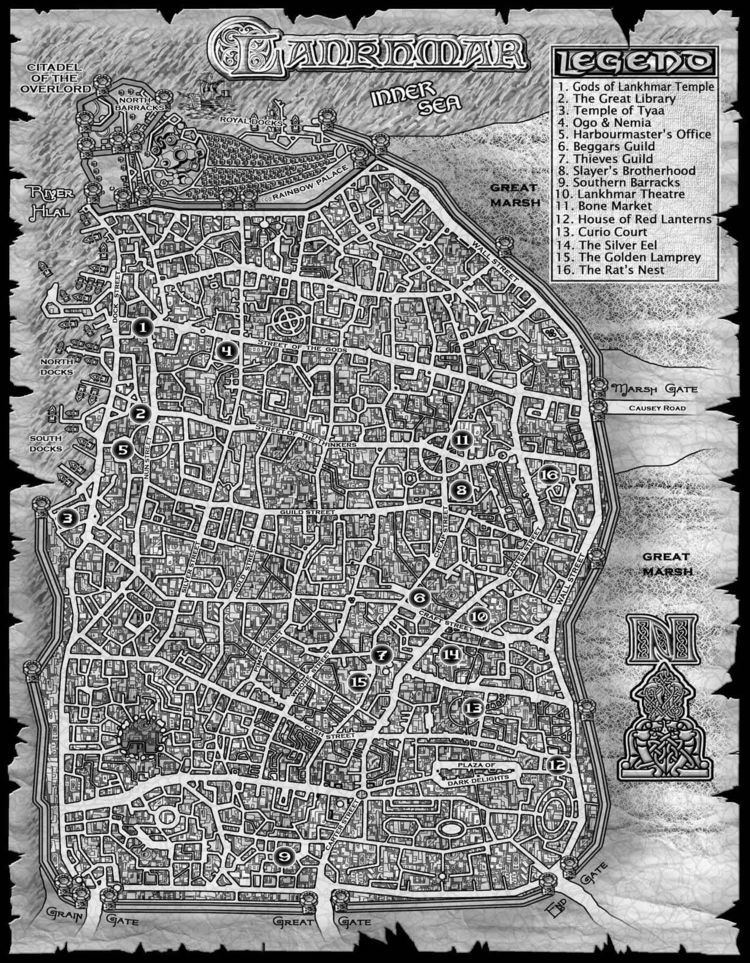 | ||
Books Swords and Deviltry, Swords Against Death, Swords in the Mist, Swords Against Wizardry, The Swords of Lankhmar | ||
Lankhmar is a fictional city in the Fafhrd and the Gray Mouser stories by Fritz Leiber. It is situated on the world of Nehwon, just west of the Great Salt Marsh and east of the River Hlal, and serves as the home of Leiber's two antiheroes.
Contents
- Game geeks 260 lankhmar city of thieves plus supplements
- The city of Lankhmar
- Board games
- Role playing games
- References
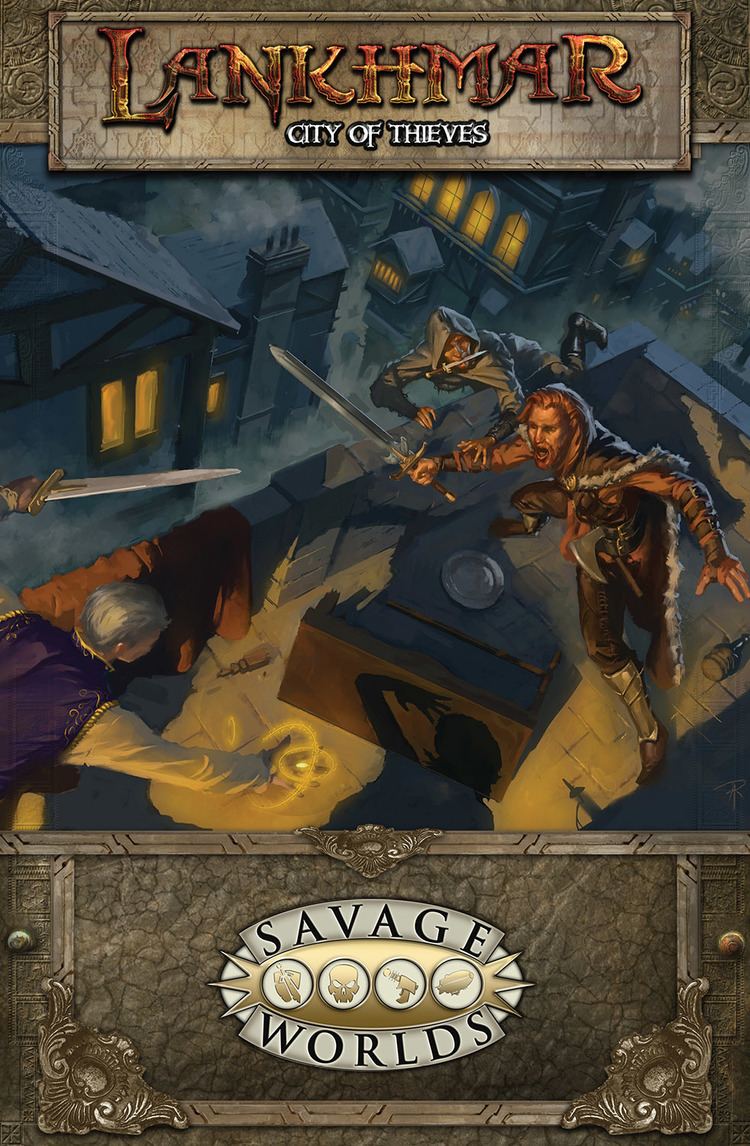
Game geeks 260 lankhmar city of thieves plus supplements
The city of Lankhmar
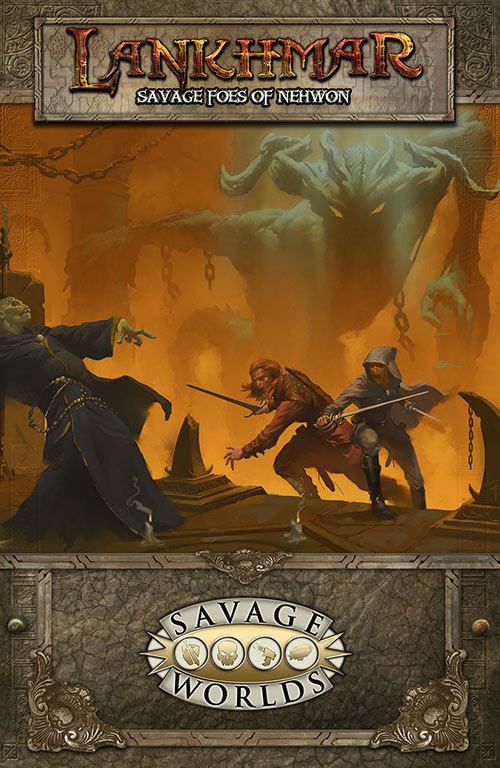
Lankhmar is richly described as a populous, labyrinthine city rife with corruption; it is decadent and squalid in roughly equal parts and said to be so shrouded by smog that the stars are rarely sighted (the city's alternate name is "The City of Sevenscore Thousand Smokes"). Located next to the Inner Sea, Lankhmar is visited by ships from across Nehwon and is the starting point for Fafhrd and the Mouser's many sea voyages.
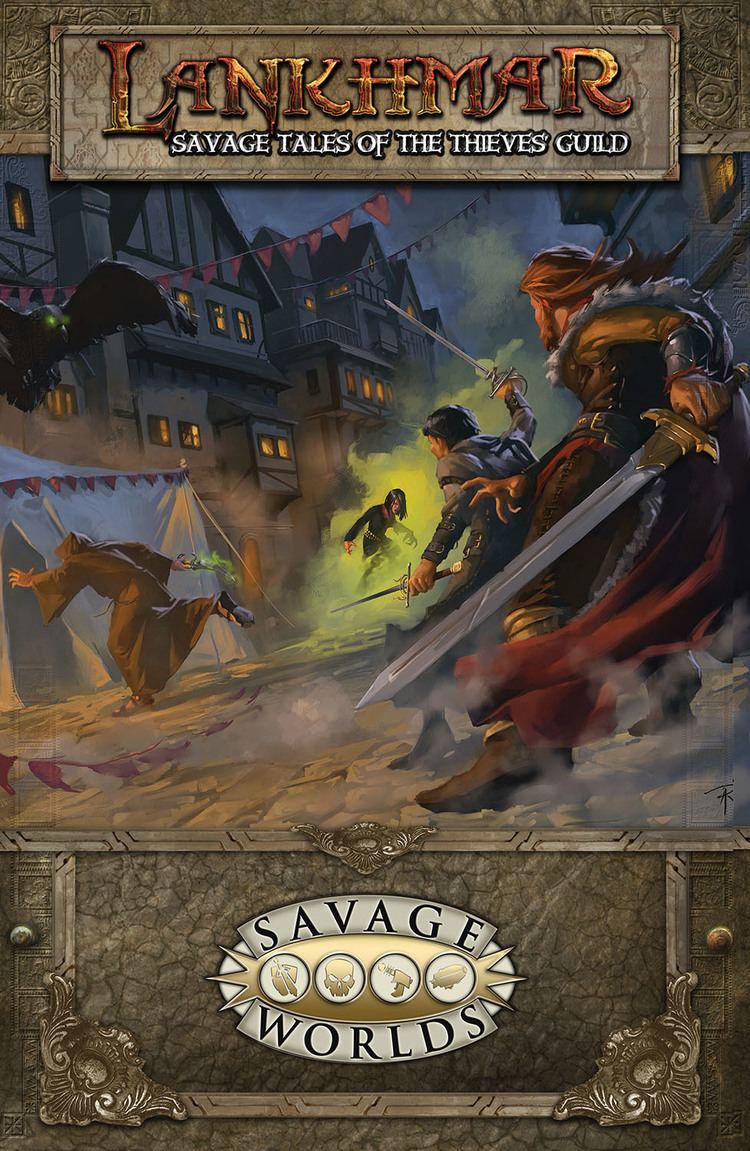
The city is ostensibly ruled by an Overlord and a nobility. The Thieves' Guild is influential, too, and controls Lankhmar's abundant criminal element, with the notable exceptions of Fafhrd and the Gray Mouser.
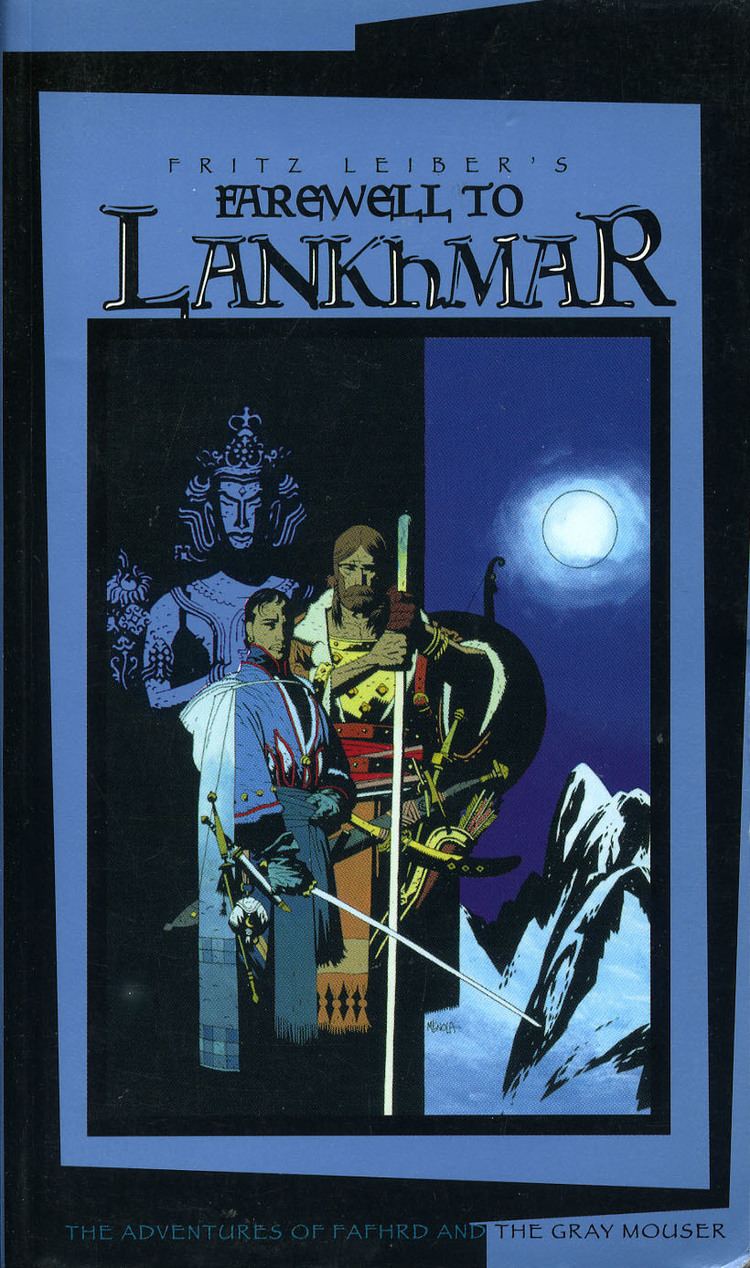
Streets in Lankhmar are often evocatively named (the Thieves' Guild is located on Cheap Street near Death's Alley and Murder Alley). Commonly referenced locations are the Silver Eel Tavern, behind which is Bone Alley, and the Golden Lamprey. The main meeting place is the Plaza of Dark Delights, which is the setting of the popular story The Bazaar of the Bizarre. The religious center of Lankhmar is the Street of the Gods (the Gods in Lankhmar), along which numerous (and often bizarre) cults seek to arrange themselves in order of popularity. The true gods of Lankhmar, however, are feared rather than worshipped; these "Black Bones" (mummified ancestors of the Lankhmarese) occasionally leave their temple to fight threats to the city—or threats to their own position as preeminent religion within the city.
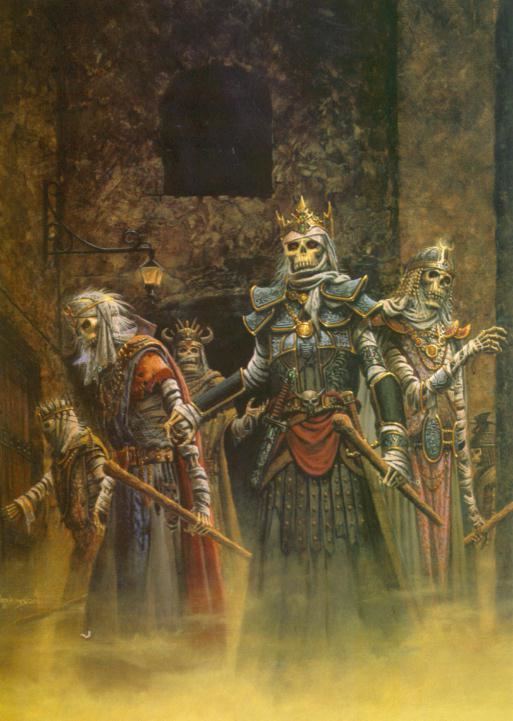
Beneath Lankhmar is an underground city inhabited by sentient rats. At one point the Mouser, magically reduced in size, infiltrates this world.
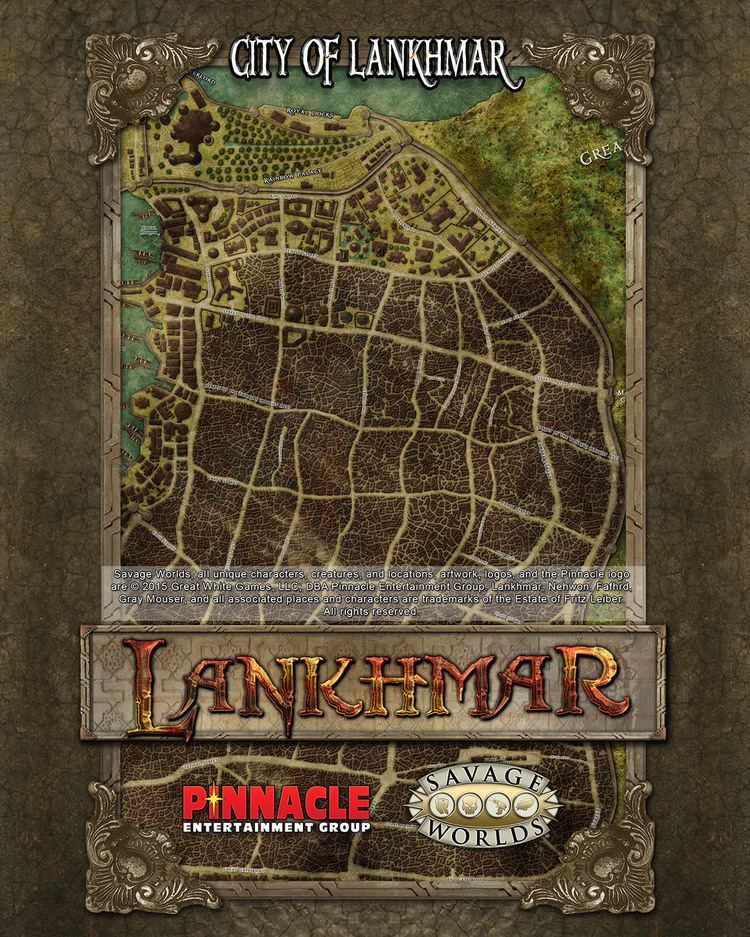
Leiber's Lankhmar bears considerable similarity to 16th Century Seville as depicted in Cervantes' classical picaresque tale "Rinconete y Cortadillo": a bustling, cosmopolitan maritime city, into whose port galleons sail laden with gold from which only a few benefit, with a thoroughly corrupt civil government and a powerful and well-organized Thieves' Guild—all seen through the eyes of two young adventurers who formed a partnership to guard each other's back in this dangerous milieu. However, Cervantes' protagonists, less daring than Leiber's, do not confront the Thieves' Guild but instead enter its ranks.
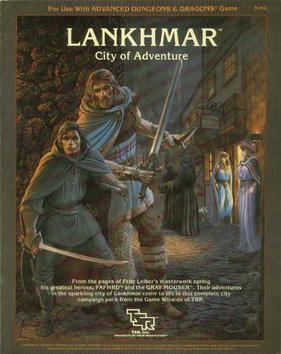
In its earliest incarnations, Lankhmar was sometimes called "Lankmar" or "Lahkmar". The change to the final, published spelling may have been due to Leiber misreading some of the early maps created by Harry Fischer and his wife Martha.
Board games
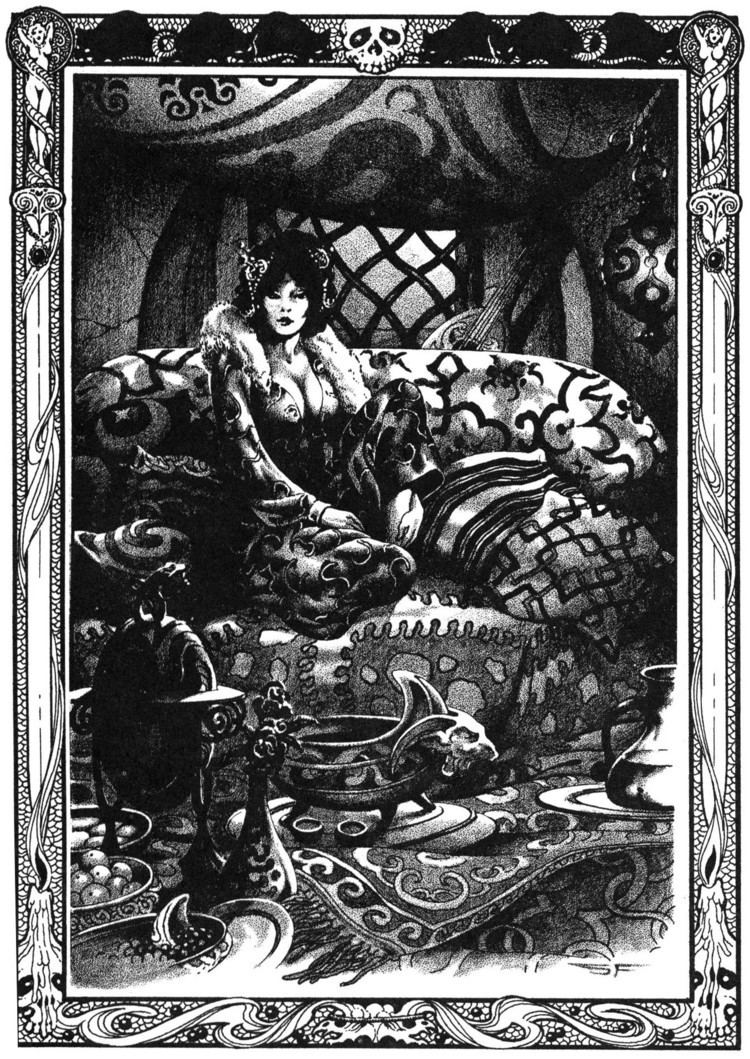
In 1937, Leiber and his college friend Harry Fischer created a wargame set within the world of Nehwon, which Fischer had helped to create. This game initially used the "Lahkmar" spelling, and was played on a large (five by two and a half feet) three-dimensional board. Later, they created a board game called Lankhmar which was released by TSR in 1976.
Role-playing games
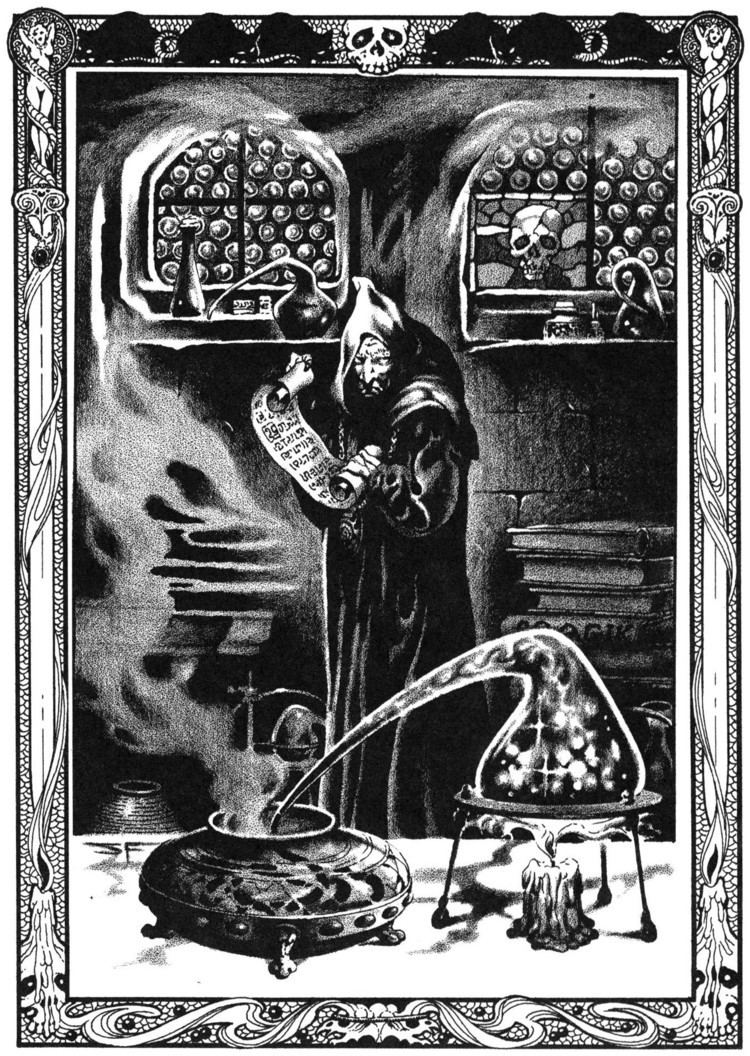
Lankhmar – City of Adventure (1985) was a supplement produced by TSR for their Advanced Dungeons & Dragons (AD&D) role-playing game containing maps, descriptions of the city areas, game statistics for various prominent characters from the stories, and ideas for adventures in and around the city. It was updated in 1993 under the same name for use with 2nd edition AD&D. Several modules and accessories were produced for use with City of Adventure.
The New Adventures of Fafhrd and Gray Mouser (1996) was a boxed set that replaced Lankhmar, City of Adventure and could be used as an AD&D supplement or a standalone RPG with simplified AD&D rules.
In 2006, Mongoose Publishing began publishing a number of Lankhmar-themed roleplaying books based on its revival of the RuneQuest roleplaying game system, starting with Lankhmar (ISBN 978-1-905471-69-0) and Lankhmar: Nehwon (ISBN 978-1-905471-99-7 ).
For many years, the role-playing magazine Dragon ran a column introducing magical treasures, under the name "Bazaar of the Bizarre", in honour of the magical emporium in Lankhmar (and Leiber's story of the same name). When the column's name was changed, there was sufficient outcry from readers for the name to be reinstated.
The first edition AD&D game book Deities & Demigods and the second edition AD&D book Legends & Lore both include a section on the Nehwon mythos, and stats out several characters from the books as well as gods and monsters.
In 2015, Pinnacle Entertainment Group released Lankhmar: City of Thieves along with a collection of supplements and accessories including a player's guide, maps, adventures, character archetypes, and a gamemaster's screen.
